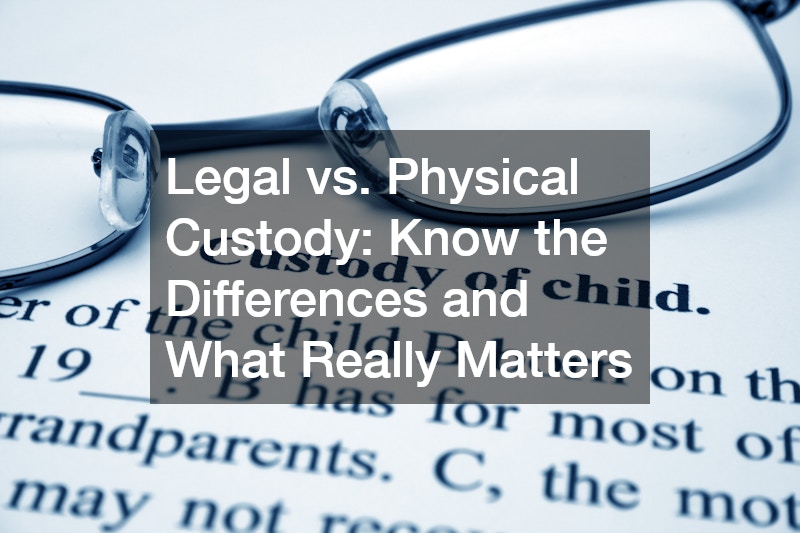Legal vs. Physical Custody: Know the Difference and What Really Matters
When dealing with custody arrangements during a separation or divorce, understanding the distinction between legal and physical custody is essential. Many parents find themselves confused about these terms, leading to misconceptions about what each type of custody entails and how they impact parenting time. Understanding Legal Custody Legal custody refers to the right to make […]
